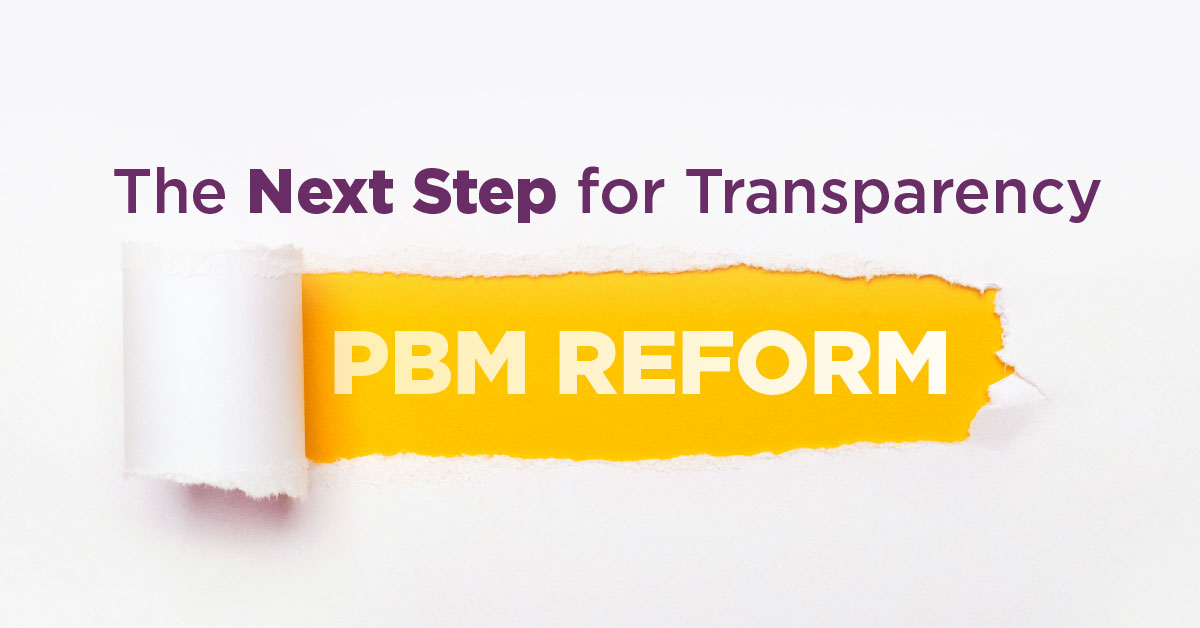
As we close another year and look ahead to the final rollout phase of the Transparency in Coverage Rule (TiC), it’s the perfect time to reflect on what has been accomplished. It’s been a long and tedious process of implementing all three phases of TiC across health plans and insurance issuers in individual and group markets. We are only now beginning to get a glimpse into the long-term effects and cost savings potential of the rule. According to a recent report released by PatientRightsAdvocate.org (PRA), the effects of medical price transparency could be even more extensive than anticipated. The result of transitioning healthcare into a competitive marketplace and putting decision-making power into the hands of consumers could result in over $1 trillion in annual savings and, more importantly, extend life expectancy.1 This has been a long time coming and is certainly a cause for celebration, but the fight isn’t over. We have many miles to go in the journey of creating affordable and accessible healthcare for all. So, what’s the next step?
While TiC has shed light on the convoluted pricing mechanics across medical tests, procedures, and products, there is still a shroud of mystery surrounding prescription drug prices and Pharmacy Benefit Manager (PBM) pricing dynamics. To begin to understand how PBMs fit into the puzzle of the healthcare industry, we must first begin by defining what they are and how they make money.
When pharmaceutical companies develop drugs, they assign a list price which sets the base price for the drug in the marketplace. Wholesalers then transport the drugs and sell them to pharmacies. Patients pay their copay or out-of-pocket cost for the drug and then the pharmacy sends a bill for the plan cost to the patient’s insurance company for reimbursement. PBMs fit into this process by negotiating drug costs with pharmaceutical companies. The amount they negotiate off the list price is passed to them in the form of rebates. This is where things get sticky since the rebate structures and dollar amounts are unclear. PBMs keep a part of the rebate as their negotiating fee and then pass the remainder to the insurance companies and plan sponsors they work for.
As if this wasn’t complex enough already, there is also a tie between the rebate amount and the formulary tier of any particular drug. A formulary is a list of drugs covered by an insurance company and is typically broken down into four tiers. Tier one is the lowest cost share for patients and the highest cost share for insurance companies, and tier four is the highest cost share for patients and the lowest cost share for insurance companies. The benefit of paying a higher rebate to PBMs and by extension insurance companies and employers? The pharmaceutical company can have their drug listed higher on the formulary and therefore gain access to a wider market of patients.
We’ve seen over the past few years that the most effective way to institute change in healthcare reform is through political channels. Now that we have traction with TiC, it’s time to keep pushing the momentum for transparency forward into other areas of the industry. The U.S. has the highest per capita drug spending compared to peer nations, with $378 billion spent on prescription drugs in 2021 alone.2 The positive news is that there has been increasing bipartisan support for transparency and oversight regulations for PBMs. This includes reporting requirements for rebate information and formulary benefit designs and also tackles the increasing issue of market consolidation in an attempt to create more of a competitive environment.3 This would be yet another huge win for patients since we know that more competition in any space ultimately drives down pricing.
It’s an exciting new world for healthcare as consumers are beginning to feel the daily impacts of educational empowerment. TALON began as an advocate for full industry-wide transparency and reform. Empowering the future of healthcare isn’t just a tagline for us; it’s a rallying cry that keeps us looking forward and continually creating a positive impact through intentional actions. November is the month of remembrance and thankfulness. This year it’s easier than ever to reflect on how far we’ve come. As we look to what’s next, we strive to always be able to look back and have even more to celebrate.
3 https://www.commonwealthfund.org/blog/2023/bipartisan-congressional-support-pbm-reform-grows
